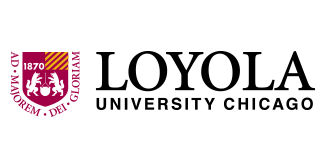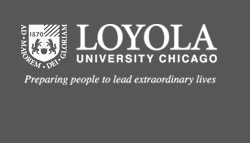Date of Award
2017
Degree Type
Thesis
Degree Name
Master of Science (MS)
Department
Biological Science
Abstract
Excess nutrient levels have led to invasive hybrid cattail (Typha × glauca) dominance in many Laurentian Great Lakes coastal wetlands. Its ability to alter wetland structure and function has made T. × glauca a target invasive species with respect to Great Lakes coastal wetland
restoration. This study investigated the effect of harvesting invasive T. × glauca biomass on nutrient removal, specifically nitrogen and phosphorus, and plant diversity recovery in Great Lakes coastal wetland ecosystems. This study demonstrated that without considering external nutrient inputs and outputs, a single harvest at Cheboygan Marsh, MI could remove ~2% of the total N and ~14% of the total P within the wetland. Harvesting T. × glauca biomass had greater impact on P removal than N, but a longer timeframe and further harvesting efforts would be necessary to significantly detect changes in nutrient conditions and plant community composition resulting from harvesting.
Recommended Citation
Berke, Kelsey, "Nutrient Removal and Vegetation Recovery Through Successive Harvesting of the Invasive Hybrid Cattail (Typha X Glauca) in Great Lakes Coastal Wetlands" (2017). Master's Theses. 3661.
https://ecommons.luc.edu/luc_theses/3661
Creative Commons License

This work is licensed under a Creative Commons Attribution-Noncommercial-No Derivative Works 3.0 License.
Copyright Statement
Copyright © 2017 Kelsey Berke


